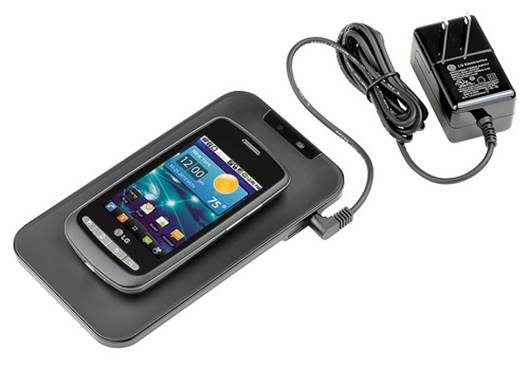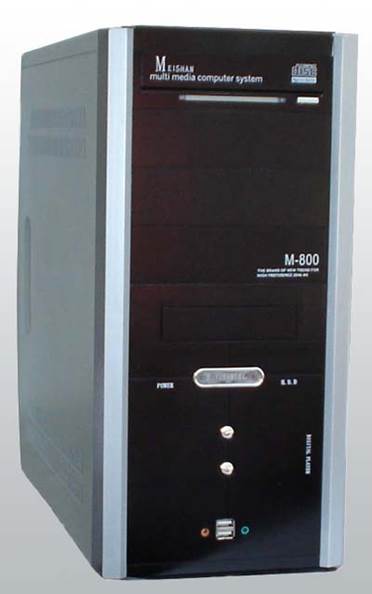We look at the future of battery technology
and ask why we’re charging our phones every day?
If like many people you own a smartphone,
then you’ll be familiar with the daily ritual of charging yours or putting it
on charge when you get to work if you use it plenty. Even the earliest mobile
phones lasted longer than that, so what’s happening to battery technology, and
can we extend those charging sessions to more helpful timescales?

Why
we’re charging our phones every day?
Demanding Power
The transition from old phone technology to
a modern smartphone can be somewhat jarring for the owner, with so many new
concepts to grasp and outmoded thinking to dispel. However, if you ask the
majority of owners what they weren’t really prepared for, it was the incredibly
short battery life that most phones come with.
What’s most disturbing about this phenomena
is that anyone who owns one of these devices just assumes now that it will need
charging once a day, at a very minimum.
The first mobile phone that I possessed was
the classic Nokia 6000 series - a 6150 to be precise. It contained a 600mAh
Li-pol battery, which, according to Nokia, gave a talk time of between 100 and
180 minutes, and a standby of up to 170 hours. Later in that product’s life,
Nokia gave it a 900mAh Li-ion upgrade that extended talk time to a maximum of
270 minutes and standby to in excess of ten days!
Let’s compare that with the recently
released Apple iPhone 5. It has a 1440mAh (5.45Wh) battery, which it considers
will give you eight hours of talk time and a standby of 225 hours. On the face
of it, that’s an improvement in all but standby life, although the battery is
now significantly bigger in capacity terms. Some smartphone designs have
batteries that are larger than 2000mAh, and the trend is for them to get even
bigger.
So why is it that by old Nokia got charged
once a week and the iPhone is likely to see the charger every single day?
Changing Demands
Those that test these devices on a regular
basis found that if you never use your phone, then it will last a remarkably
long time without a charge. Play games or surf using 3G (or LTE) and that
lifespan might well reduce to as little as four hours.
The truth is that we ourselves as much of
an issue as the phones, because we won’t put the damn things down, and the more
we use and play with them, the greater the impact on the battery life.
Why is it that by old Nokia got charged
once a week and the iPhone is likely to see the charger every single day?
It’s worth remembering that the Nokia was
exclusively used to make calls and send and receive text messages using the old
GSM network. In contrast, a modern phone will be moving between the 2/3G
digital networks, communicating with Wi-Fi hotspots and potentially accessing
LTE services in the future.

This
small device is designed to turn butane into electricity, for when you want to
charge your phone away from the mains
All these advancements are power consumers,
and according those who have tested the latest LTE service just launched by EE
in the UK, it kills the battery on those phones that can access it.
The Nokia also only had a simple LCD panel,
whereas a modern phone has a colour display that requires backlighting to be
seen. That’s a major drain on battery life and so is the level of computing
power that many phones have. It’s difficult to compare an ARM CPU with the
Intel or AMD equivalent in a PC, because the ARM is a RISC (Reduced Instruction
Set) design where the Core series and AMD Bulldozer designs are primarily CISC
(Complex Instruction Set). However, the Cortex-A9 that’s in an iPhone 5 is at
least as powerful as a Pentium 3 and possibly more powerful when you consider
its integrated GPU features.
The bottom line is that a phone is no
longer a phone; it’s a mobile digital data service hub, so it’s using power
even when we’re not expressly asking that it do something for us.
Be More Efficient
Moving to the world of the PC for a short
spell, for a while it seemed that power supplies for computers were destined to
get ever bigger. These days, a standard PC comes with a PSU that’s about 500W,
maybe less and occasionally more. Supplies in excess of 1000W are available,
but you only really need those if you intend to deploy multiple video cards or
something equally outrageous.
The 400-500W typical supply has been with
us for a while, even though computers today are substantially more powerful
than those of five or ten years ago.
What’s happened is that computers have
become more efficient, delivering more computing cycles for the same electrical
power, so even though they use such a similar power profile, they do more with
it.

These
days, a standard PC comes with a PSU that’s about 500W, maybe less and
occasionally more.
Most of the efficiency improvements have
come through the shrinking of chip technology, as a thinner track reduces the
resistance overhead of the chip to power and, as such, it heats up less and can
run at a higher speed. However, that’s only one part of the power efficiency
story: PC power management is another, and the throttling on the CPU/GPU clock
speeds is another.
The latest efficiency thinking is being
directed at phones, where the power constraints are more severe. Most phones
these days have a page or app where you can see where your phone ate most of
its electrical lunch, and there you can see that the screen and communicating
with the outside world took the biggest slices.
Research engineers from Eta Devices in
Cambridge, Massachusetts, recently released an analysis, which goes some way to
helping us understand why the phone uses so much power to achieve what’s
required.
The biggest issue is small components in
the phone called power amplifiers, which take the voltage that the battery
provides and boosts it to deliver the power that specific parts need, most
notably those that transmit wireless signals.
Converting the power is massively
inefficient, and it’s been determined that of the power they consume, only 35%
of that is actually delivered to the target component, and the rest is wasted as
heat. When you consider that the latest phones, like the iPhone 5, have six
independent power amps, the potential for flushing most of the battery life
away achieving very little is substantial.
The critical problem is that the power
system in the phone assumes that these devices will need the power profile that
they use all the time, not just when they’re active, and having that power
ready to use burns through the battery. With wireless communications having
power ramps tends to distort the signal, rather ruining the purpose of what it
is they’re used for.
The reason for the Eta Devices report is
that it’s developed a whole new type of power amp, which samples the demands
made on it 20 million times a second, allowing it to deliver high power when
it’s needed, but to also chop it right back when it isn’t.
It plans to take its prototype device and
use it in LTE base stations in the next year, with mobile friendly chips to
follow that, if successful. It’s chosen base stations initially because they
currently require air conditioning to operate, which is space that could be
better used for longer battery life in the event of power outages.
If they can deliver these promised
efficiency improvements, then any phone or tablet using these power amps could
see battery life improve by 60%, with little or no other modifications to the
hardware.